Playing Mario & Luigi: Brothership has made me realize how mediocre the Mario & Luigi series is. As a kid, I adored Superstar Saga. Its chunky sprites and afternoon cartoon art style made it one of the best-looking games of the GBA era, and its humor and storytelling outclassed both Mario RPG and Paper Mario. This will be controversial, but Pokemon had convinced me that turn-based RPGs were boring and repetitive; Superstar Saga’s platform-infused battles proved that turn-based combat could actually be fun.
I stuck with the series until it seemingly ended with Paper Jam in 2015, and while some titles (Bowser’s Inside Story) were stronger than others (all the others), I enjoyed revisiting its winning formula with each new entry – as stale as that formula might have been, in retrospect. I lamented AlphaDream’s closure in 2019 and tried to make peace with the idea that the series was over. When Brothership was announced earlier this year (with an unnamed developer, as Nintendo is wont to do) I had some reservations.
Would it live up to my childhood memories? Would Developer X really get what made Mario & Luigi so special? After 54 hours, the answer is an emphatic ‘yes’. Not only is Brothership a faithful and worthy sequel, it’s such a step up that it makes the old games look weak by comparison.
A Bigger, Better Mario & Luigi
If that playtime made you flinch, you’re not alone. I skipped about a dozen of the less-rewarding side quests and it still took me over 50 hours to roll credits. That makes Brothership the longest game in the series by about 14 hours, but unlike some of its more meandering predecessors, Brothership never drags. Its clever island-hopping structure sets a brisk pace for the story and ensures that you’re never stuck in one place for too long. It’s a long game, but it never feels too long.
That’s in large part thanks to the variety it offers. Brothership uses its archipelago of worlds to explore not just different biomes, but different genres and tones. You’ll still get the lava world and the ice world (and the lava and ice world!) but you also get a murder mystery-style detective sequence in a sleepy little village. There’s a heist episode filled with surprisingly complex puzzles. One of the islands is just one big hedge maze that you have to constantly reorient by rotating the wall around. Near the end, there’s an honest-to-God psychological horror sequence unlike anything I’ve ever seen in a Mario game. It has great platforming and great role-playing, and it knows when to mix things up to keep it from getting stale.
The length also benefits the story, which is surprisingly mature and impactful for a Mario game. Concordia, the oceanic world Brothership is set in, and its inhabitants, a civilization of goofy goobers, didn’t immediately grab me. But the game’s commitment to its theme of connections, both stylistically and narratively, eventually won me over. Despite myself, I became invested in the plight of the plug people and the reunification of Concordian society beneath the Uni-Tree. It’s certainly not Game of Thrones – the Bros. are aided by a flying plug pig called Soutlet who speaks in swine puns – but I’m impressed by how thoroughly fleshed out this world is. There’s a cogency to its themes that’s so well executed it makes the traditional theme park approach of other Mario games feel half-baked.
The Most Engaging Turn-Based Battles
More than that, I’m impressed by the depth of its combat. The active nature of the turn-based battles has always been the series’ greatest strength and Brothership has plenty of flashy new Bros. attacks to play with and countless enemy attack patterns to learn, but what really elevates the combat is the battle plug system.
It takes about ten hours to unlock your first battle plug, which is regrettable. But once you do, the strategic complexity of the game gets blown wide open. Plugs are ability buffs you equip that enhance the brothers in a variety of ways, like adding fire damage to attacks or making dodges easier, but the way each plug works changes depending on the combination of all the plugs you have equipped. So a plug that adds AoE damage to an attack will combine with a plug that applies a status effect to apply that status to every enemy. Plugs have limited uses until they go on cooldown, so you’re constantly mixing and matching them to achieve the most potent effects for any particular situation.
Bros. attacks, while cinematic, struggle to differentiate themselves from one another. By the end of the game, each Bro will have a variety of attacks that all do a bunch of damage to every enemy, without any real distinguishing factor that will lead you to choose one attack over another.
Battle plugs shine in longer boss fights with multiple phases, since you’re rewarded not just for how you combine your plugs, but when you equip them. You can change out your plugs at the start of every turn, and you’re highly incentivized to micro-manage your plugs to enhance your attacks at the right time and protect yourself from riposte when necessary. Across more than 50 hours of turn-based battles, the combat never got dull because there are so many different techniques and combinations to discover, and every new plug you unlock adds exponential complexity to the whole system.
Not All Smooth Sailing
Not every aspect of Brothership is as fully realized as battle plugs are. The hub island, Shipshape Island, is a literal ship that you’ll use to travel along currents in the ocean in search of other islands that you’ll eventually reconnect to Shipshape to create a roaming armada of islands.
It’s a great concept and the way it narratively justifies Mario and Luigi’s ability to instantly return to previous islands (which you’ll need to do frequently) is neat, but the sailing mechanic is strange and often frustrating. I don’t know why Shipshape is constantly in motion, or why a mini-map of the ocean need be glued to the corner of the screen at all times, or why it needs to announce when you’re approaching a nearby island every 20 seconds if you find yourself sailing in a small circular current, but I could do without pretty much all of it.
The final stretch of the game introduces a mechanic that eliminates sailing. I wish I would have known that before wasting a bunch of time sailing back and forth across the world.
It has a real-time aspect that makes progressing awkward. You’re ostensibly meant to go knock out some side quest while waiting to reach a far off destination, but after repeatedly bypassing my target as I pursued side quests off-island, I eventually resorted to just staring at the map and watching my little ship sail. You can make Shipshape sail faster, but it still feels like a needless hurdle to get wherever you want to go.
That’s a small frustration in a big sea of great experiences, though. Brothership is a wonderful reintroduction to the Bros., made even sweeter by the fact that I never expected a new entry. It’s nostalgic in all the right ways and does more than it needs to to honor the games that came before, but most impressive of all is how much of an evolution it is for the series.
This is the first Mario & Luigi on Switch and it very much feels like the series’ first big-budget home console entry. It’s so much bigger than any of the older games, not just in terms of play time, but in terms of ideas too. The only bad thing about Brothership is that it sets the bar so high there’s no going back to the originals now.
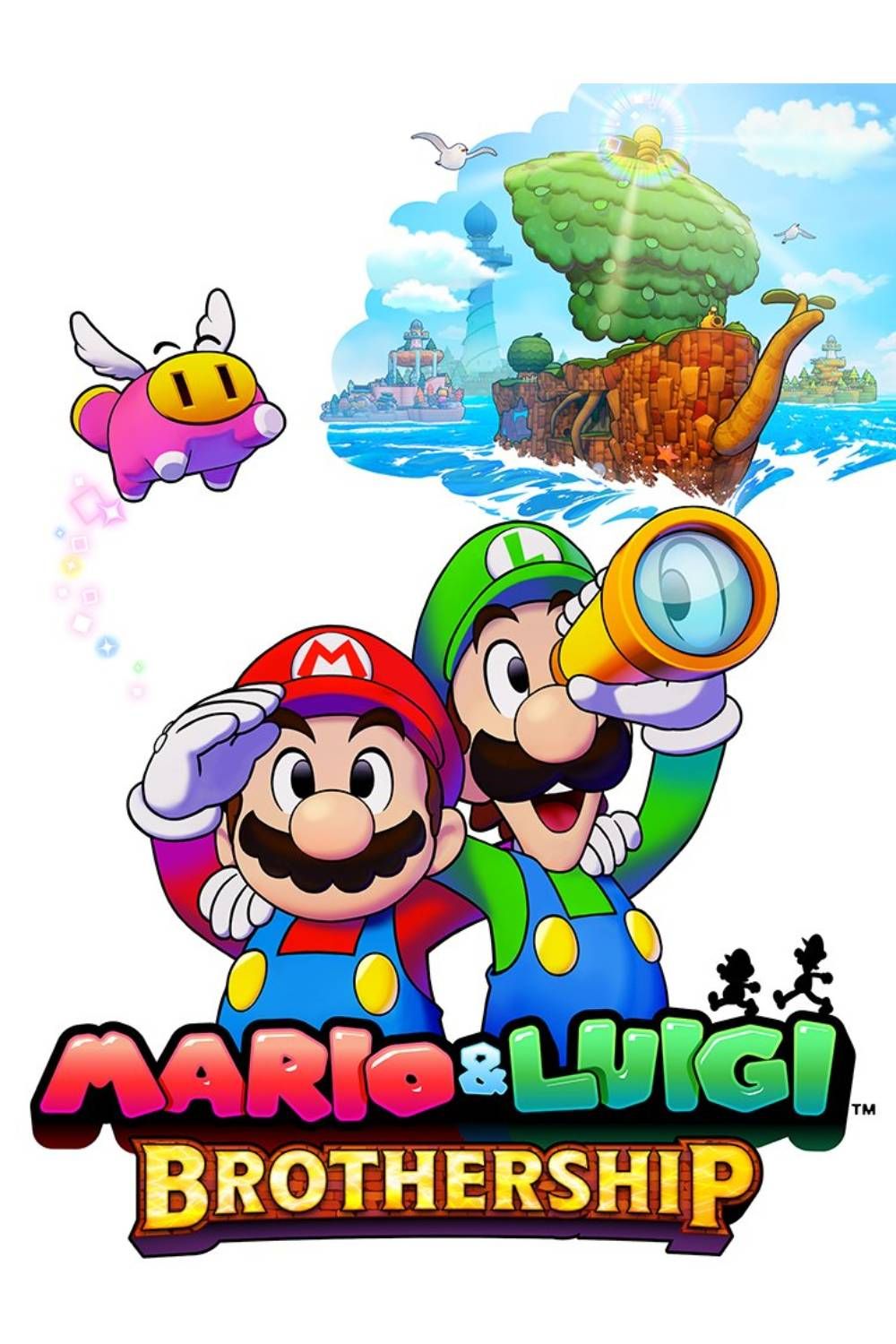
- A mature and engaging story in a fleshed-out world.
- Deep and engaging combat thanks to battle plugs.
- Tons of gameplay and stylistic variety.
- Takes 10 hours to hit its stride.
- Attacks aren?t well differentiated.
- Sailing system is strange and tedious.

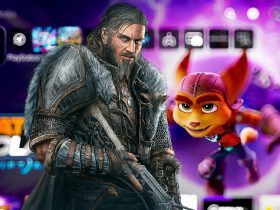
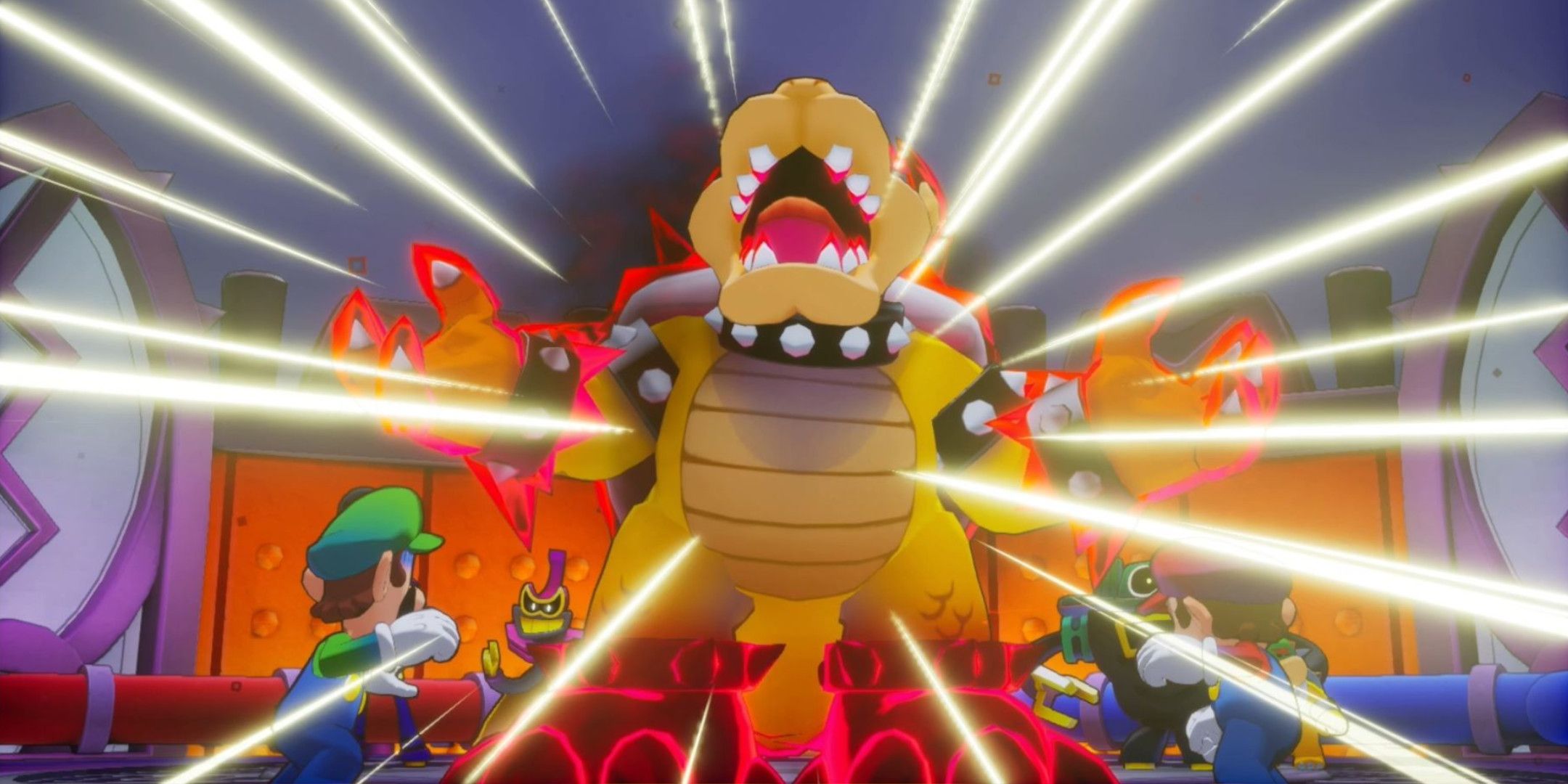
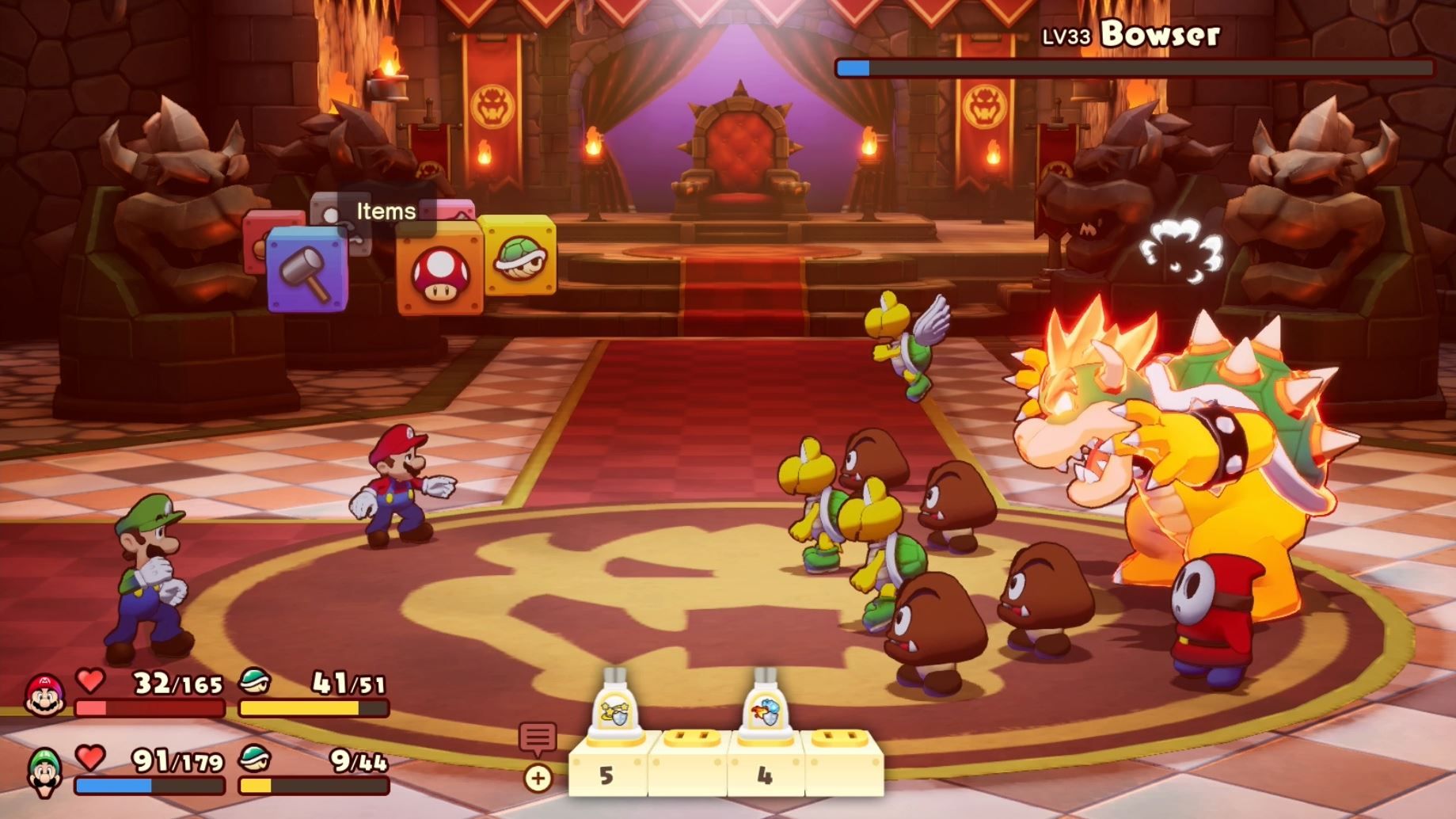
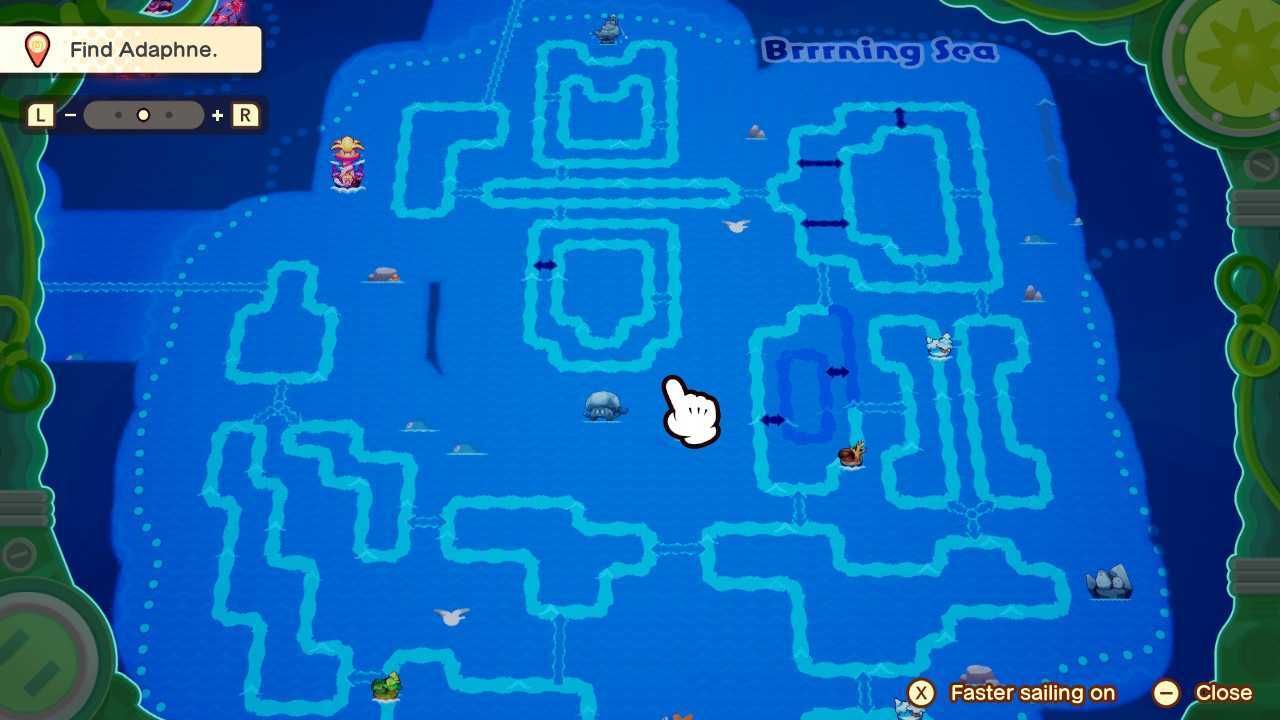
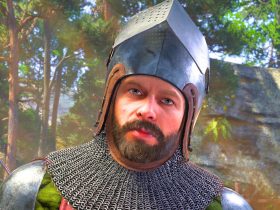
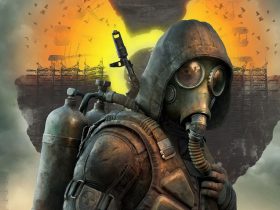
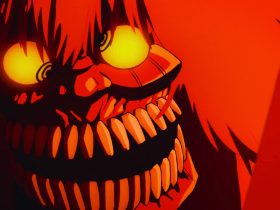
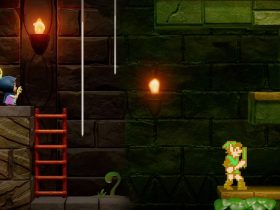
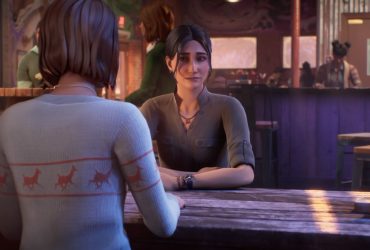
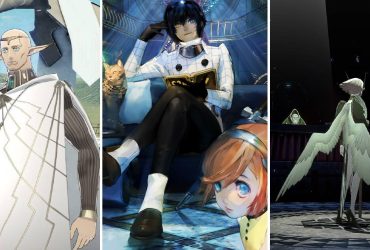
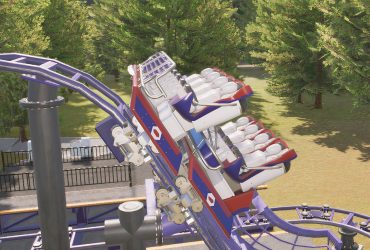
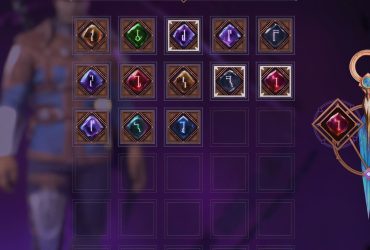
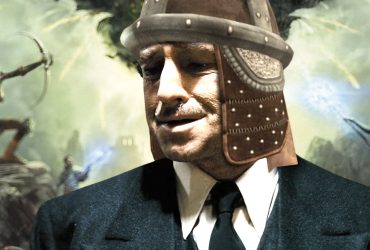
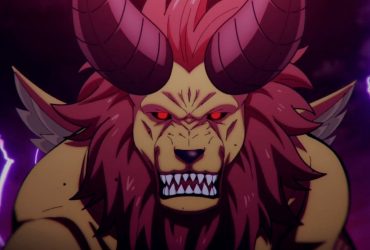
Leave a Reply